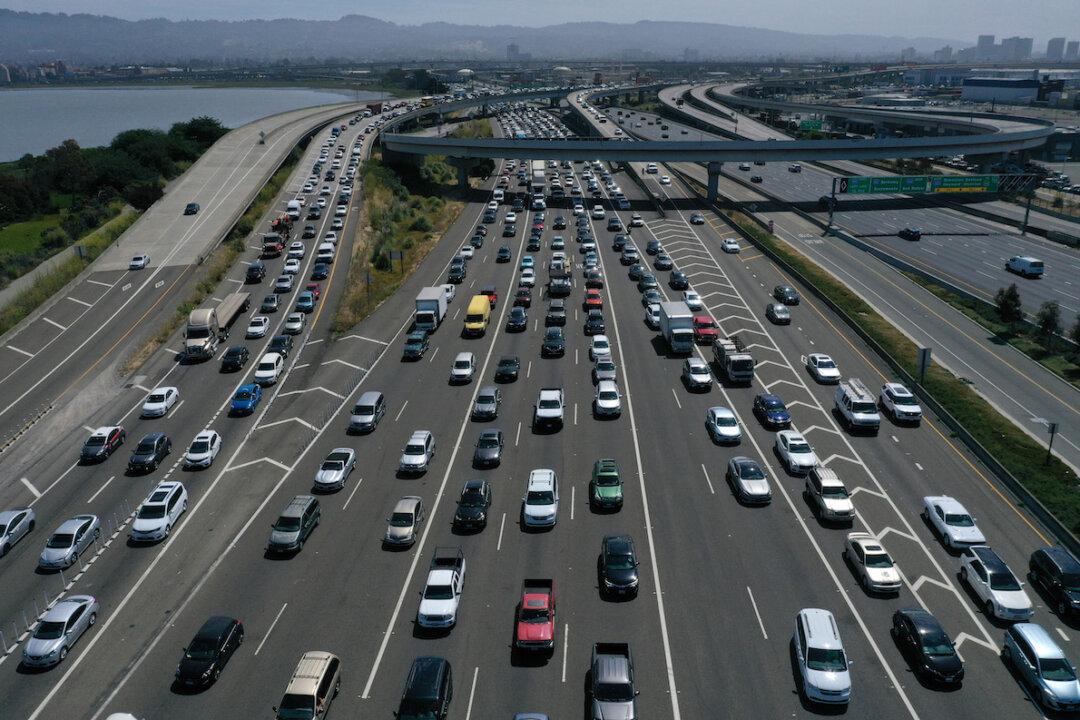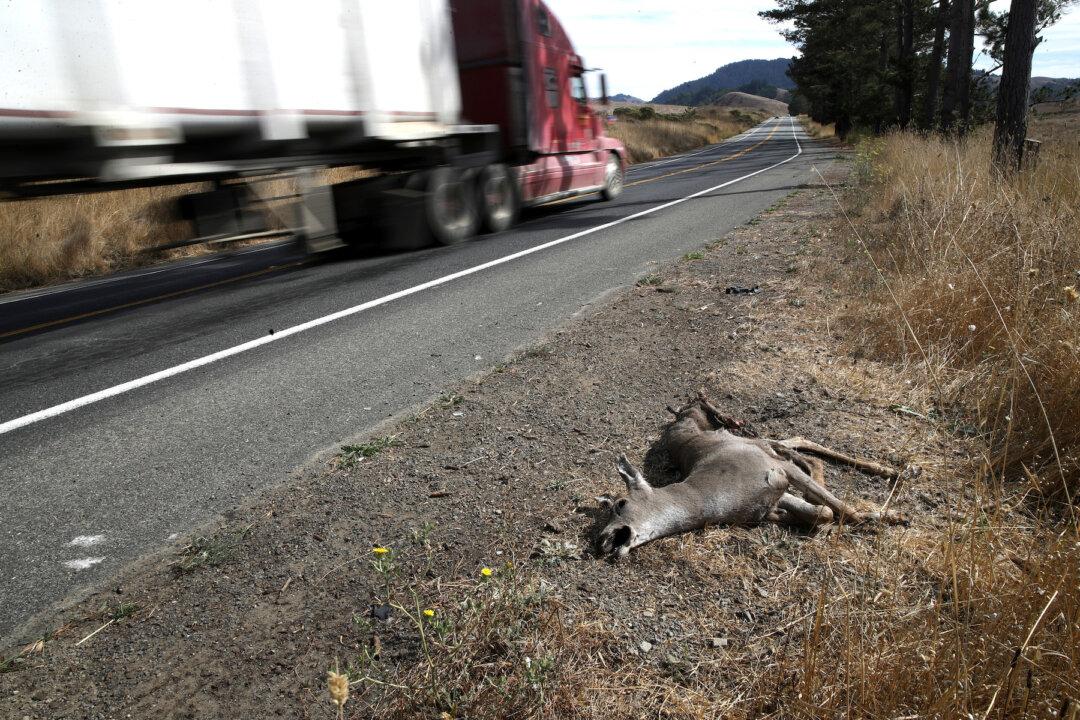In the fight over California’s ability to set its own standards for greenhouse gas emissions and fuel economy, the Trump administration and the state of California have each teamed up with a group of automakers. However, the split may delay the finalization of a clear set of standards for car companies.
In July of this year, Ford, BMW, Honda, and Volkswagen came to an agreement with California to make gas mileage and greenhouse gas emissions standards tougher. They signed an agreement with the California Air Resources Board, the state’s air pollution regulatory authority.




